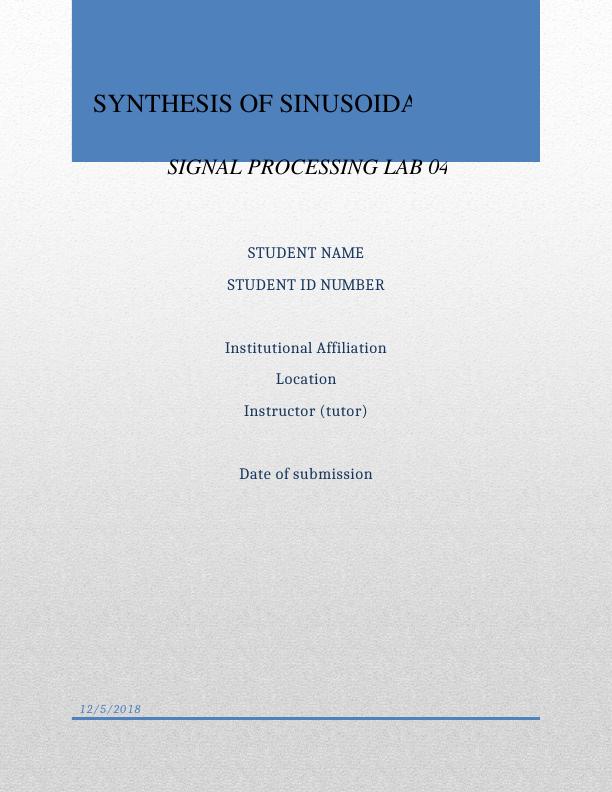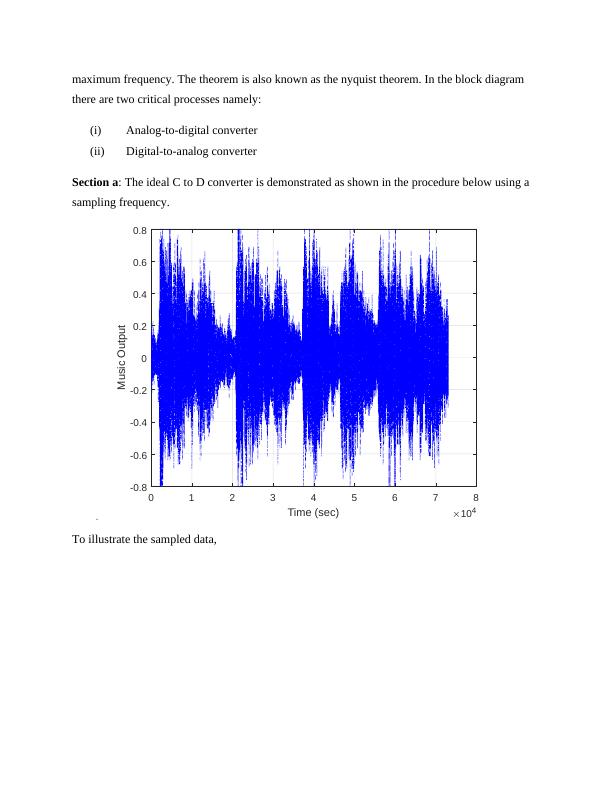Synthesis of Sinusoidal Signals-MUS Signal Processing Lab 04
12 Pages2092 Words491 Views
Added on 2023-05-28
About This Document
The lab experiment focuses on the music synthesis and sinusoids. The lab seeks to establish a connection between the musical notes and their respective frequencies and sinusoids. The implementation of structure for grouping information in MATLAB scripts results in the output below for the script code snippet attached.
Synthesis of Sinusoidal Signals-MUS Signal Processing Lab 04
Added on 2023-05-28
ShareRelated Documents
End of preview
Want to access all the pages? Upload your documents or become a member.




